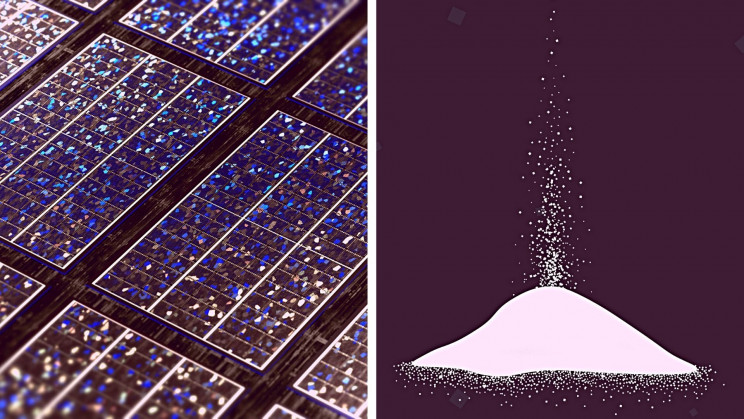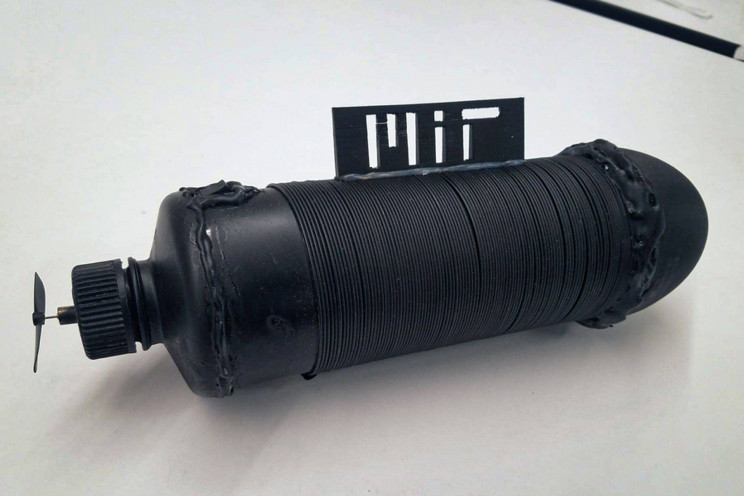New Batteries, One Tiny, One Long, Serving Two Different Purposes
Researchers, scientists, and engineers do not stop their work to find a way to make batteries that will reduce the population’s dependence on fossil fuels. Moreover, several devices require batteries for their operation. Thus, you can find batteries of different sizes and shapes which serve other purposes. Many modern batteries today use various materials as well.
Tiny batteries

First, there are tiny batteries that are as miniscule as the grains of sand. The scientist at the Chemnitz University of Technology in Germany developed the smallest battery in the world. They say the inspiration for the battery is a dessert, the Swiss roll.
The battery, which is still at the development stage, can provide power to small medical sensors placed inside the human body.
The novel battery technology uses a Swiss roll process. According to the research paper published in the Advanced Energy Materials journal, the researchers layer the electrode strips and current collectors made of dielectric, metallic, and polymeric materials onto a tensioned water surface. Peeling off the individual layers releases the tension on the water surface. The action allows the material to snap back and wrap around one another. Self-wound cylinder micro-battery is the term the scientists gave to their device.
According to Professor Oliver Schmidt, who leads the study, the micro-battery is almost the size of a dust grain. It is about one square millimeter across. The minimum energy density right now is 100 microwatt hours per square centimeters, which will improve in time, according to Prof. Schmidt. However, the team thinks they can still optimize the battery and make it much stronger.
They envision the battery to power the tiny chips used for biosensors, with its capacity lasting for ten hours.

Long batteries
Another group of researchers, this time from MIT, developed a kilometer-long battery. The MIT researchers say that there is no limit to the battery’s length. The objective of the extended battery is to help reduce the dependence on fossil fuels.
They say that what they created is a breakthrough in wearable battery technology. It is the longest flexible battery in the world. The MIT-produced battery is a rechargeable lithium-ion unit. Measuring 140 meters or 460 feet proved that it is possible to produce long batteries.
It was the first time to fabricate such an extended battery. The researchers used the thermal drawing method to create the battery. They can use the material to make 3D-printed batteries of different shapes. According to the team that created the Li-ion fiber battery, it opens a wide range of opportunities for self-powered communications. The team also envisions using the fiber battery for sensors and wearable computational devices.
Another application the team sees is using the battery as structural parts of other devices. For example, it can enable many devices to become self-contained, as the fiber battery can be woven and washed. It is likewise appropriate for devices you could wear like clothing.
New method
The manufacturing process of the new fiber battery used unique battery gels and a standard system to draw fiber. In previous attempts to make fiber batteries, the essential materials were outside the fiber, according to the lead of the research, Tural Khudiyev. His team embedded the lithium and other necessary materials inside the fiber in the battery his team developed. They added an exterior protective coating, making the battery waterproof and stable.
The fiber battery’s energy storage capacity is 123 milliamp-hours and can charge phones and smartwatches.
The team has already applied for a patent for their fiber battery. In addition, they continue to work on increasing the energy storage capacity and using other materials. Commercial use of the fiber battery will be within a few years, according to Khudiyev.
